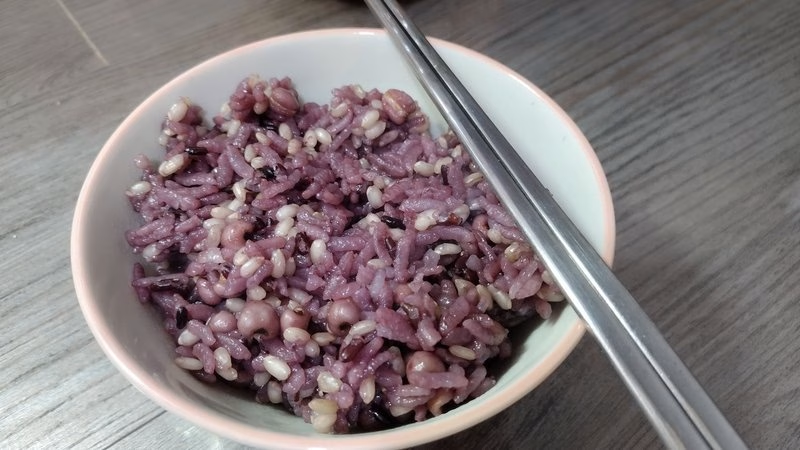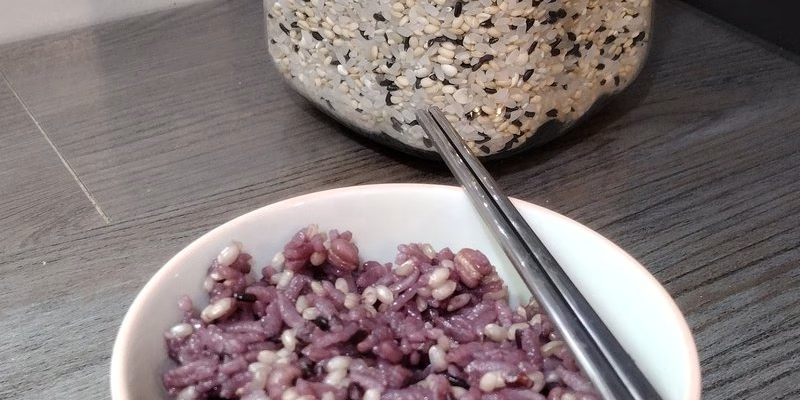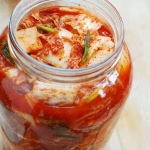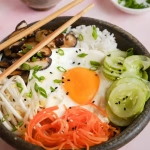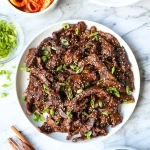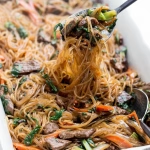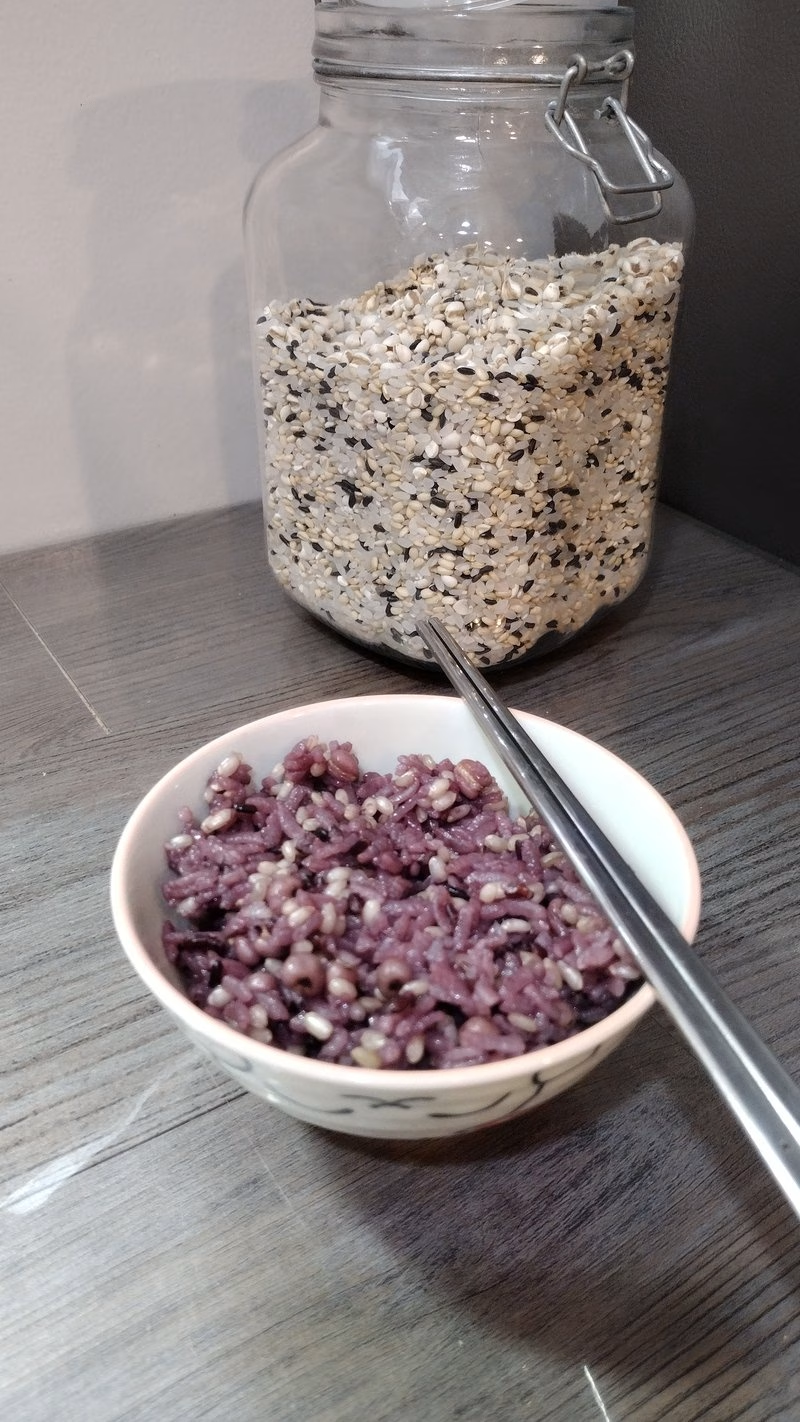
Japgokbap, or Multi-Grain Rice, is a gem in Korean cuisine. This flavorful and nutritious dish combines various grains, making it not only a colorful addition to your table but also an incredibly healthy choice. Famous for its distinct texture and nutty flavor, Japgokbap is a staple in many Korean households and is often prepared for special occasions or family gatherings. It offers a unique take on traditional rice, blending tastes and textures that can elevate any meal.
In this article, you’ll learn all about the essential Japgokbap (Multi-Grain Rice) ingredients, how to make Japgokbap (Multi-Grain Rice) at home easily, and some variations you can try. Whether you’re new to cooking or a seasoned chef, this guide will help you master Japgokbap and impress your family and friends!
Ingredients
| Ingredient | Measurement | Description |
|---|---|---|
| Short-grain white rice | 1 cup | This rice acts as the base, providing a sticky texture that holds the grains together. |
| Brown rice | 1/2 cup | Rich in fiber, brown rice adds a nutty flavor, enhancing the overall taste of Japgokbap. |
| Barley | 1/4 cup | This grain brings a chewy texture and is packed with nutrients, making it a superfood. |
| Black rice | 1/4 cup | Known for its deep color and antioxidant properties, black rice adds visual appeal and health benefits. |
| Millet | 1/4 cup | This small grain is gluten-free, adding unique flavor and texture to the dish. |
| Quinoa | 1/4 cup | An excellent source of protein and fiber, quinoa elevates the nutritional value of Japgokbap. |
| Water | 3 cups | Essential for cooking the rice and grains thoroughly, making them soft and fluffy. |
| Salt | 1 tsp | Enhances the flavor, ensuring every bite of Japgokbap is delicious. |
Step-by-Step Instructions
- Step 1: Rinse the Grains – Start by thoroughly rinsing all the grains under cold water. This step is important as it removes excess starch and ensures that your Japgokbap (Multi-Grain Rice) is fluffy and not sticky.
- Step 2: Soak the Grains – After rinsing, soak the short-grain rice, brown rice, and any other grains you are using together in a bowl for about 30 minutes. Soaking helps soften the grains, leading to a better texture.
- Step 3: Drain and Combine – After soaking, drain the water and combine all the grains in a rice cooker or a pot. Add the appropriate amount of fresh water based on the rice cooker instructions or general cooking methods.
- Step 4: Season & Cook – Add salt to the mix. If you want to enhance the flavor further, consider adding a splash of sesame oil for a nutty aroma. Cook according to the rice cooker instructions or bring to a boil, then cover and simmer on low heat until all the liquid is absorbed.
- Step 5: Fluff & Serve – Once cooked, let the rice sit covered for about 10 minutes. Then, fluff it gently with a fork before serving. This will help to create that desired texture for your Japgokbap (Multi-Grain Rice).
Pro Tips
- Experiment with Grains: Feel free to mix in other grains like red rice or spelt for a unique flavor.
- Enhance the Aroma: Adding a few slices of ginger while cooking can give your Japgokbap a delightful fragrance.
- Serve with Sides: Pair Japgokbap with pickled vegetables or stir-fried dishes to create a complete meal.
- Make it Colorful: Adding vegetables such as carrots or bell peppers can make the dish eye-catching and nutritious.
- Meal Prep: Japgokbap (Multi-Grain Rice) can be prepared in advance and stored, making it a fantastic option for busy weekdays!
Nutritional Information
| Nutrient | Amount per Serving |
|---|---|
| Calories | 220 |
| Protein | 6 g |
| Carbohydrates | 45 g |
| Saturated Fats | 0.5 g |
| Fiber | 3 g |
| Cholesterol | 0 mg |
| Sugars | 1 g |
| Fat | 2 g |
FAQs
What is the best way to store Japgokbap (Multi-Grain Rice)?
Store leftover Japgokbap in an airtight container in the fridge for up to 3-4 days. You can also freeze it for up to a month.
Can Japgokbap (Multi-Grain Rice) be made vegan or gluten-free?
Absolutely! Japgokbap is naturally vegan and can be made gluten-free by ensuring all grains used do not contain gluten.
What are the best side dishes to serve with Japgokbap (Multi-Grain Rice)?
It pairs beautifully with traditional Korean side dishes like kimchi, stir-fried vegetables, or grilled meats, adding to the overall experience.
How long does it take to prepare Japgokbap (Multi-Grain Rice)?
The initial preparation takes about 30 minutes, and cooking time generally ranges from 20-30 minutes, depending on your method.
Can I freeze Japgokbap (Multi-Grain Rice) for later?
Yes, you can freeze it. Just ensure it’s cooled completely before transferring it to a freezer-safe container.
Is Japgokbap (Multi-Grain Rice) high in protein?
While it’s not a primary source of protein, the addition of quinoa and other grains boosts its protein content, making it a nutritious option.
How can I add more flavor to Japgokbap (Multi-Grain Rice)?
Consider adding herbs like scallions or spices like sesame seeds during or after cooking for an extra flavor kick!
Is it possible to cook Japgokbap (Multi-Grain Rice) in a rice cooker?
Absolutely! A rice cooker is the easiest way to make Japgokbap. Just follow the same rinsing and soaking steps, then add the appropriate measurement of water for the machine.
Now that you know how to prepare **Japgokbap (Multi-Grain Rice)**, it’s time to gather the ingredients and give it a try! This dish is not only a great way to enjoy a variety of grains but also a delicious and nutritious meal that the whole family will love. Don’t forget to experiment with your favorite grains and side dishes!
Tried this Japgokbap (Multi-Grain Rice) recipe? Let us know your experience in the comments! Happy cooking!
